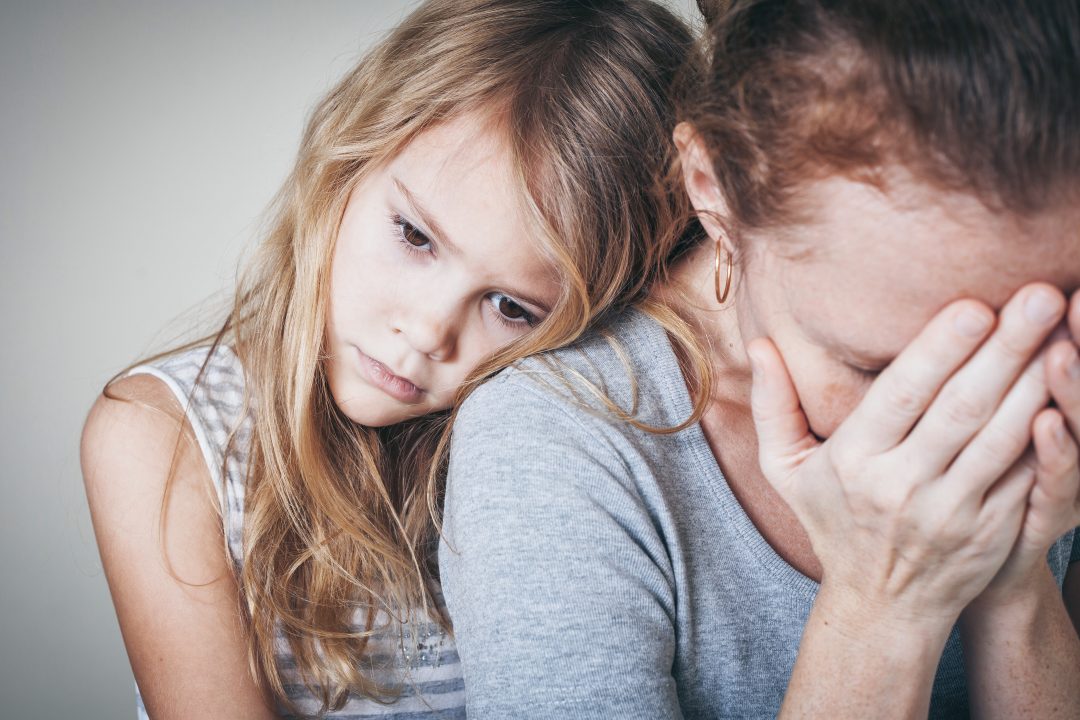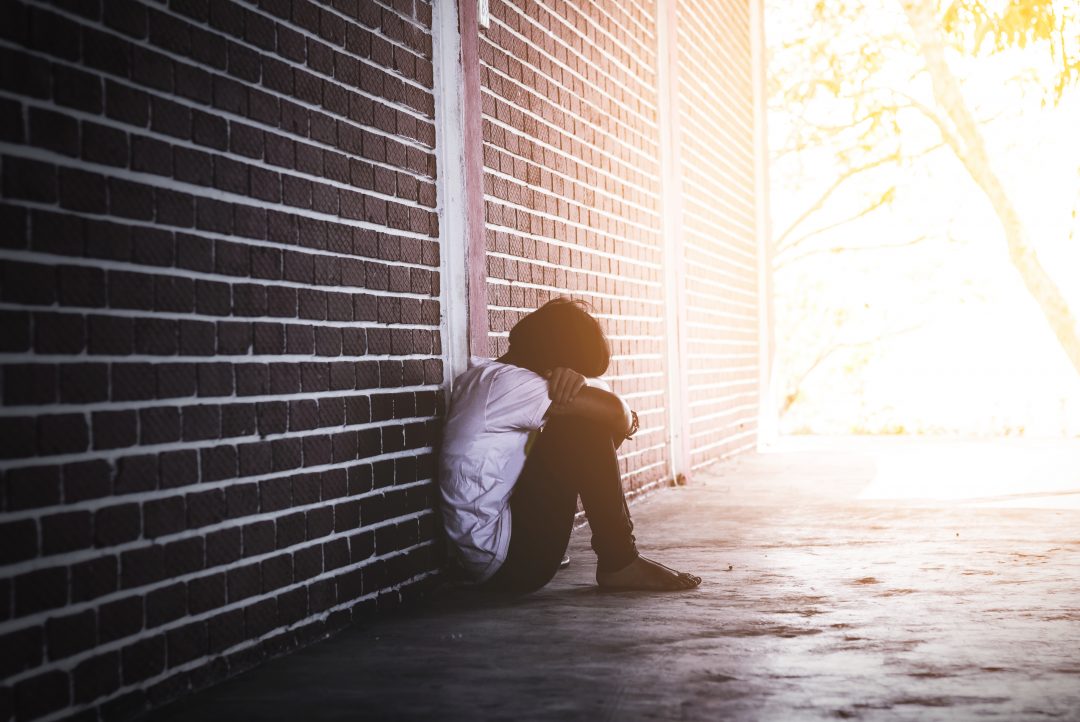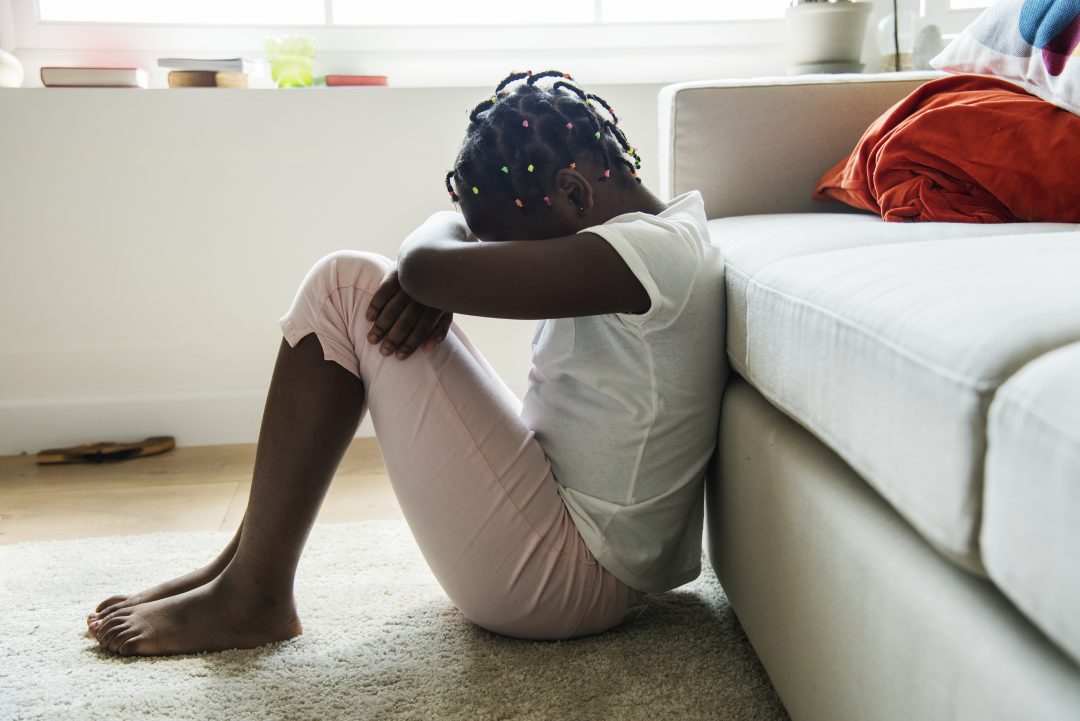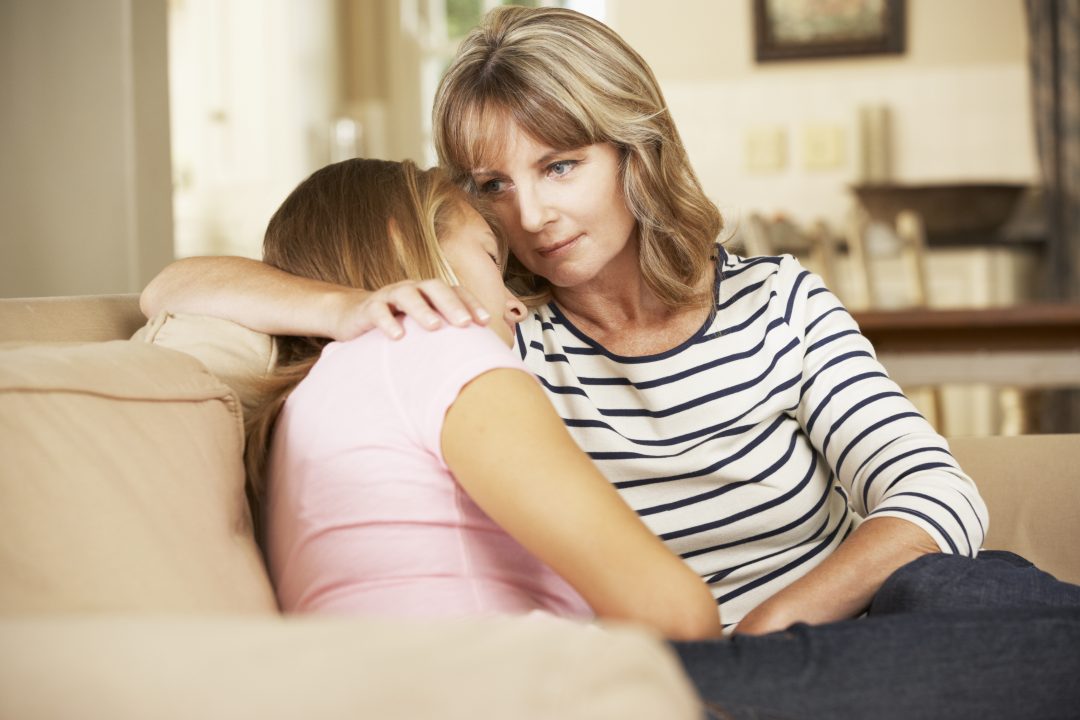Helping kids cope with death, grief and loss, Part 1 of 2
Categories: General Parenting
Part 2 coming soon: Helping kids cope with suicide in their community
TW: Death, dying and suicide
We’re living in a death-phobic society, in the wise words of Maggie Dent. We’re all going to die, people die every day, it’s as much a natural part of being a person on the planet as birth is. And yet, we don’t talk about it and many of us don’t even like thinking about it. That’s okay, we’re not into telling people how to think at ParentTV! What we are into is helping parents access information that can inform their thinking about all the different parts of this parenting gig.This part is a hard one, and an inevitable one: Helping our kids understand and cope with the deaths of others around them. It might be a grandparent that dies, it might be a parent, friend, relative or distant community member, but whoever it is, it’s going to cause some ripples and set in motion another natural part of living – grieving what we’ve lost.
As adults, we’ve at least had time to come to terms with the idea of death, but kids don’t always have that privilege. What’s more, they might experience feelings or magnitudes of feelings that are new to them and scary. They might be feeling unmoored when the adults around them who used to be their stable base are now unmoored by grief themselves. Death might come in the form of a traumatic event or series of events or it might happen in a way that shocks and saddens everyone around them. Whatever the case, death comes with a range of big feelings for those still living, and our kids are going to need our help to mourn, manage and process them.
ParentTV expert Maggie Dent has recorded a lot of useful videos on this subject, and it’s mostly her wisdom we’ll be sharing in this blog, along with that of Jason Gibson, the ideal voice of calm and compassion for troubling times. As you might have noticed, this is Part 1 of 2. The next instalment will be on helping kids cope with suicide in their community. If any of this content is upsetting for you, please consider reaching out to the services at the end of this article for support.
In the meantime, here’s some tips on how to help your child cope with death, loss and grief:
Help them prepare before it happens to a human
While it may sound a little cold, getting a pet with a relatively short life span can be a helpful way to teach kids about death before it happens to a human loved one, Maggie says. ‘Getting a guinea pig or other pet that has a shorter life span exposes them to the experience of another’s death, so they can see for themselves that ‘dead’ means gone and not coming back.’ The pet’s passing can also help you show your child what we do in our society when something we care about dies. Reverently disposing of the body and conducting a funeral of sorts introduces them to this important ritual and signposts what a farewell to a human might look and feel like later.
Try and make sure they hear it from you first
When you’re in a situation where you need to tell your children that someone has died, it’s best if it can be you that delivers that information, says Maggie. ‘If they hear this sort of news from a stranger instead, it can be really scary because you’re not there to comfort them in that moment of first reacting to the news.’ As well as being there to support them, you can make sure you tell them what they need to know with sensitivity and honesty, says Jason Gibson. ‘Kids overhear things, more than we think. Sometimes we try to prevent them from accessing information about a death but that actually makes it worse. From the bits and pieces they hear, they put together a story in their head that is actually very different to reality.’ Telling them yourself gives you a chance to control the narrative around the event so it’s based in truth, not rumour or gossip.
Choose your time carefully and prepare yourself
There are some practical considerations that can make delivering news of a death a little more manageable, like choosing your time carefully, says Maggie. ‘Think about when you’re going to be able to support them and when they’re going to be able to take it in. Immediately after school isn’t ideal, or before school when they’re going to be apart from you. Wait until you’ve had some space and then gather everyone together and tell them you have some sad news to share with them. Make sure they’ve eaten something, and make sure you’ve had time to ground yourself. Go for a walk, get some fresh air, get some fluids into yourself to make sure you’re as balanced as you can be so you can hold the space and not collapse into the shock and grief yourself.’
Use the actual words, not euphemisms
‘It’s very important to use the words dead or died, not ‘passing over’ and not ‘gone to sleep’ when you’re sharing this news,’ says Maggie. ‘These can be very confusing terms. One family I worked with had a little boy who didn’t sleep for days when his grandmother died because he was told she’d simply ‘gone to sleep’ and he was terrified the same thing would happen to him when he went to bed.’ While words like ‘dead’ and ‘died’ might seem harsh, that’s looking at it with our adult lens. Kids need facts, not codes to decipher.
Give age-appropriate information
When you are telling your kids that someone has died, it’s good to aim for a balance between not overexposing them and not overprotecting them, says Maggie. Jason Gibson agrees, saying, ‘We need to recognise where our children are and what they can handle. We then give them the opportunity to understand only that which is good for them to understand. This doesn’t mean we give them all the details. For some children at some ages, the details of traumatic deaths and large painful events where lives were lost is too heavy for them to handle. But, you know your child and you can make the judgement call about what they need to know and what their shoulders are strong enough to carry.’
Let them react in whatever way they do
Once you’ve told your child about a death, you’ll need to pause and let them process what it means, says Maggie. ‘If they’re at an age where they have some sort of understanding of death, sometimes they will just cry and throw themselves into your arms. Some kids will just get up and run away, which is a totally normal reaction, too. Let them ask whatever questions they need to and tell them that it will be a sad time for your family but you will all be together and sometimes you’ll need different things to cope.’ Don’t have too narrow an idea about what grief looks like in little people, either, cautions Maggie. ‘In this age group, they tend to be distressed in blocks of time. They can be upset, then fine again in minutes. This is how they process big feelings like grief and loss – in little chunks. Don’t be fooled if you see your child having a wonderful time when someone close to them has died, it’s quite normal.’
Make sure they know what death means
It’s important that you fact-check your child’s understanding of death and its permanence so they aren’t faced with that crushing realisation down the track, Maggie suggests. Be clear and matter of fact about what happens to our bodies when we die, and try saying something like,
‘This person’s heart stopped pumping blood, and we need our blood pumping to carry oxygen throughout the body and keep us alive. Their body has stopped working and it’s permanent. People who have died do not come back. We need to do something with the body that’s dead, and that’s usually cremation or burial. Cremation means the body goes in a hot oven and it becomes ash, or we bury them in the ground. It doesn’t hurt them because they can’t feel anything anymore.’ When you’re telling children these hard facts, it’s important to offer some comfort, too, Maggie says. ‘Reassure children that they’re okay, and safe, and that the death has occurred to the other person but it doesn’t mean it will occur to them. Make sure they know that we can still love someone even when we know they’re not coming back and that sometimes bad things can happen to good people.’
Explain what happens next
If you can take some time to flag some of the possible emotions and events of the coming days, it can help make them a little less scary when they happen, Maggie says. ‘We can tell kids that
there might be all sorts of different feelings for them during this time, like sadness and anger, and that’s okay. All their feelings are okay. We can also warn them that they might see their parents sad and crying a lot, and that’s okay, too. Tell them we can help each other with our big, ugly feelings. Let them know that in time, you’ll know some more details about where you’ll all go to celebrate that person’s life and say goodbye to them. This is called a funeral.’ Depending on what your religious and/or cultural practices are, you can also give the child some information about the funeral, too. ‘We can tell kids that one part of a funeral really hurts because it’s saying goodbye to the physical form of someone. Another part and purpose of a funeral is to celebrate the gift of life that we still have. The last part is giving us a chance to honour the person who’s died and feel thankful and grateful for the role our loved one had in our life.’
Talk to them about what grief feels like and let them express it
Grief is complicated, nonlinear and confusing at the best of times. For some kids, it might be the first time they’ve felt a lot of the feelings they’re experiencing and the depth of them and associated physical sensations might be worrying if they don’t know they’re normal. ‘Talk to children about how death hurts in their chest and in their heart, and the sadness of losing someone close to us is different than the sadness we might feel if we see a dead animal on the side of the road,’ Maggie says. ‘Tell them you know it might be quite scary for them, the extent of their pain. Explain that this is called grieving or bereavement. Make sure they see you cry, be honest emotionally around how it feels for you. Tell them you all need to hold each other tight and one day your hearts will stop hurting so much.’
It can also be helpful to give them a tangible outlet with an activity like making a grief poster, Jason Gibson says. ‘A grief poster of a grief journal gives your child the opportunity to draw or write messages that they would want the person who has died to hear. This gives them the opportunity to say what they would like to have said and let it pour out of their hearts so they don’t have to carry it anymore. Give them a section where they can express how they’re feeling right now, too. This allows the inside stuff to become outside stuff, which allows parents to respond and offer their care and support. They could also write questions that they would like answered, which gives you an idea of what they’re wondering about.’
Surround them with love
Above all, your children need to feel warmth and support from the people around them when someone in their world has died, our experts agree. ‘If there’s a sudden death, surround the child with the people they love,’ Maggie says. ‘That doesn’t necessarily mean the people they’re biologically closest to, but the ones who are closest to their hearts.They need to know people are there for them and life does go on even when our hearts are hurting.’
We hope this has been helpful. Stay tuned for our next instalment on Helping children cope with suicide in their community. If you need further support, please reach out for assistance from these support services:
Lifeline: Call 13 11 44 or chat online
Beyond Blue: Call 1300 22 3646 or chat online









